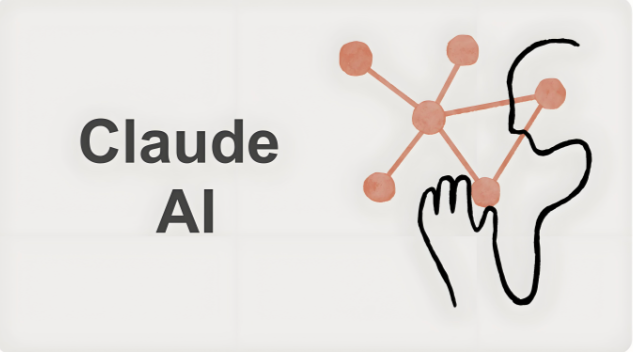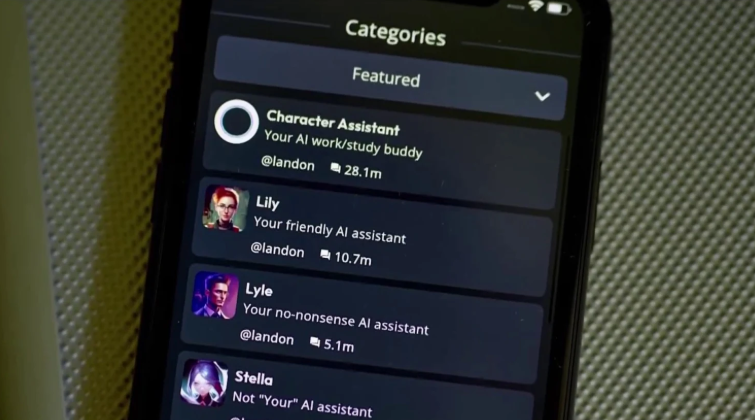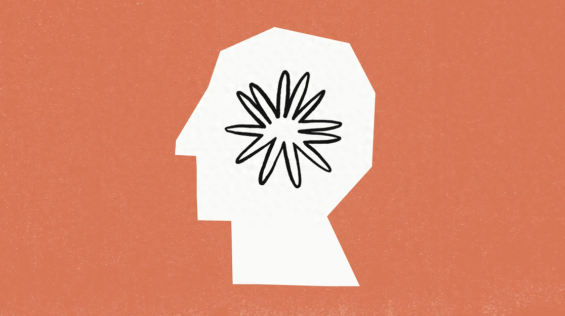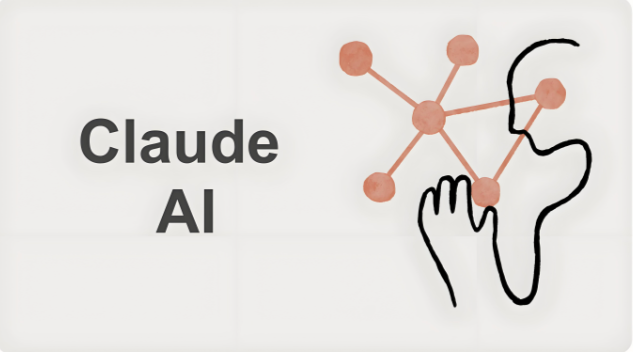What Are UN AI Refugee Avatars?
The United Nations recently unveiled a campaign using AI-generated refugee avatars to bring attention to the plight of displaced persons worldwide. These digital figures are designed to tell the stories of real refugees, aiming to foster empathy and drive awareness. However, the use of artificial intelligence in such a sensitive context has raised significant questions about AI ethics and the authenticity of digital storytelling.
Why Is This Causing a Global Debate?
The introduction of UN AI refugee avatars has sparked a global conversation for several reasons:
Authenticity: Can an AI avatar truly capture the emotional depth and lived experience of a real refugee?
Consent: Are the stories and likenesses being used with genuine approval from the individuals represented?
Manipulation: Is there a risk that these avatars could be used to manipulate public opinion or oversimplify complex issues?
Representation: Does the use of AI risk erasing the voices of real refugees in favour of more 'marketable' digital personas?
Ethical Boundaries: Where do we draw the line between innovation and exploitation in humanitarian campaigns?

Step-by-Step Breakdown: Navigating the Ethics of AI Refugee Avatars
1. Understanding the Purpose Behind AI Avatars
The first step is to grasp why organisations like the UN are turning to AI. The main goal is to communicate complex, often overlooked crises in ways that resonate with a global audience. Digital avatars allow for scalable, visually engaging storytelling—but this comes with a responsibility to remain truthful and respectful to the real people behind the stories.
2. Ensuring Consent and Transparency
Any use of AI-generated representations must be rooted in informed consent. Refugees whose stories or likenesses inspire avatars should be made fully aware of how their narratives will be used. Transparency about the AI process builds trust and sets a standard for ethical storytelling.
3. Balancing Empathy and Accuracy
While avatars can evoke empathy, it is essential they do not distort or oversimplify reality. Developers and humanitarian organisations must work closely with refugee communities to ensure digital stories remain accurate and nuanced, avoiding harmful stereotypes or generalisations.
4. Preventing Misuse and Manipulation
With great power comes great responsibility. Strict guidelines and oversight are needed to prevent the misuse of AI avatars—whether for political propaganda or commercial gain. Open dialogue and regular audits can help safeguard against manipulation.
5. Fostering Inclusive Dialogue
Finally, the debate over UN AI refugee avatars ethics should be inclusive, inviting input from refugees, technologists, ethicists, and the public. Only through broad, honest conversation can we establish best practices and ensure AI is used to uplift, not exploit, vulnerable populations.
The Future of AI Ethics in Humanitarian Work
The controversy around UN AI refugee avatars is just the beginning. As AI continues to evolve, so too must our understanding of its ethical implications—especially in contexts as sensitive as humanitarian advocacy. By prioritising transparency, consent, and real-world impact, we can harness the power of AI for good, without sacrificing the dignity or agency of those it seeks to represent. ????
Conclusion: Navigating the Ethical Maze of AI Refugee Avatars
The rise of UN AI refugee avatars has forced us to confront tough questions about AI ethics and the future of humanitarian storytelling. While the technology offers powerful new tools, it also demands a renewed commitment to authenticity, consent, and inclusive dialogue. By addressing these challenges head-on, we can ensure that AI serves as a force for empathy, not exploitation—setting a global standard for ethical innovation in the digital age.








